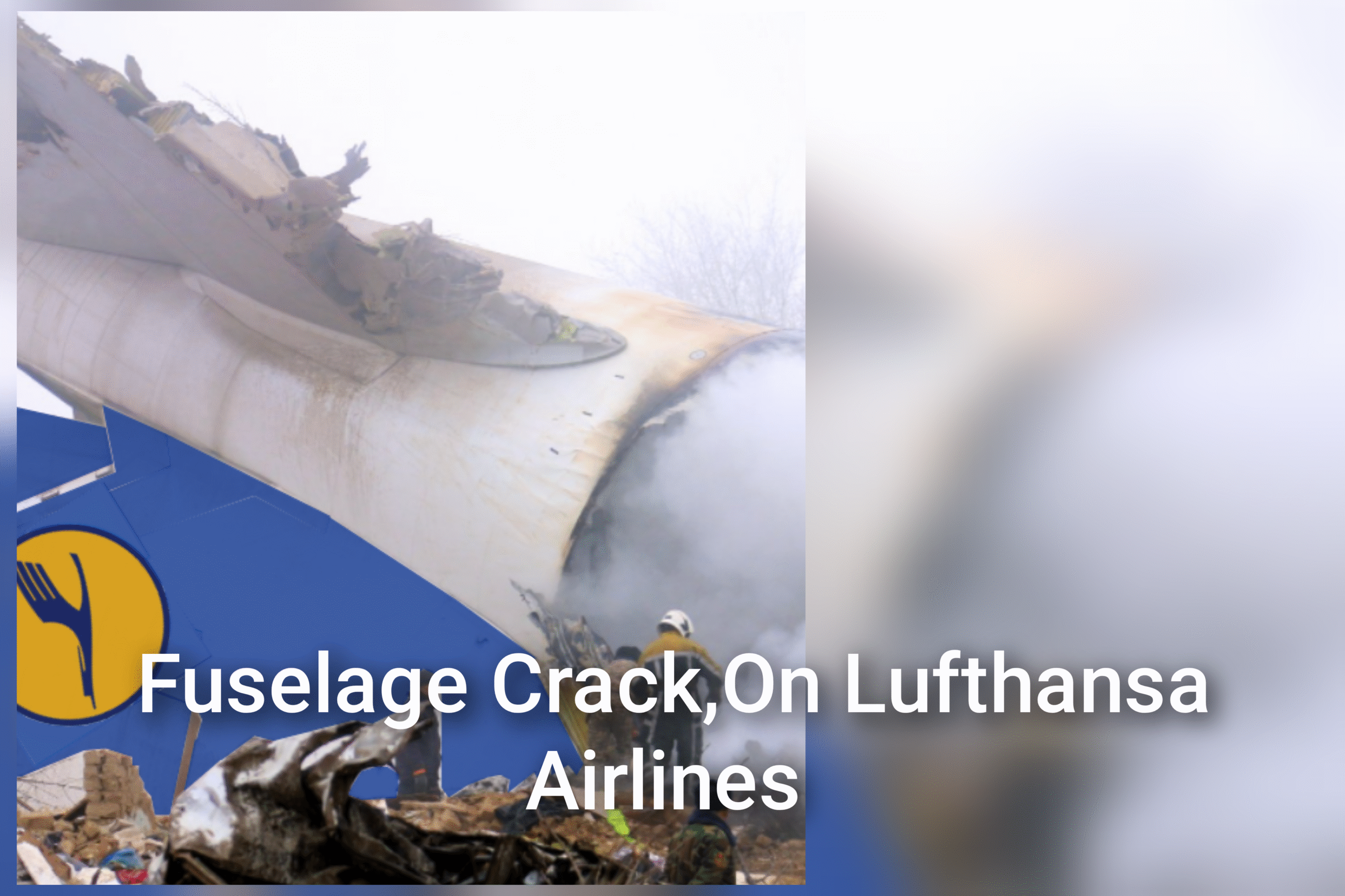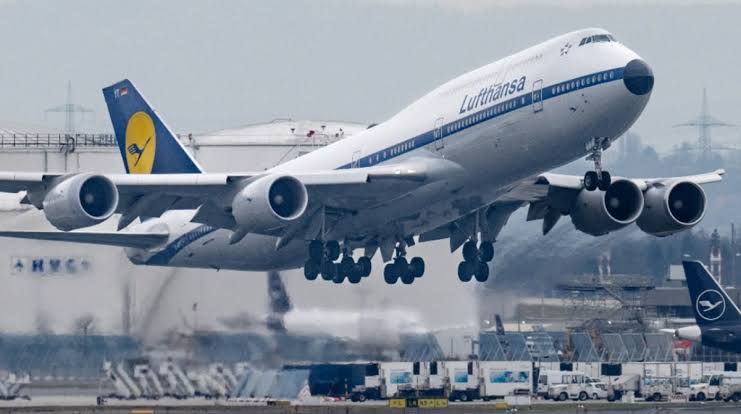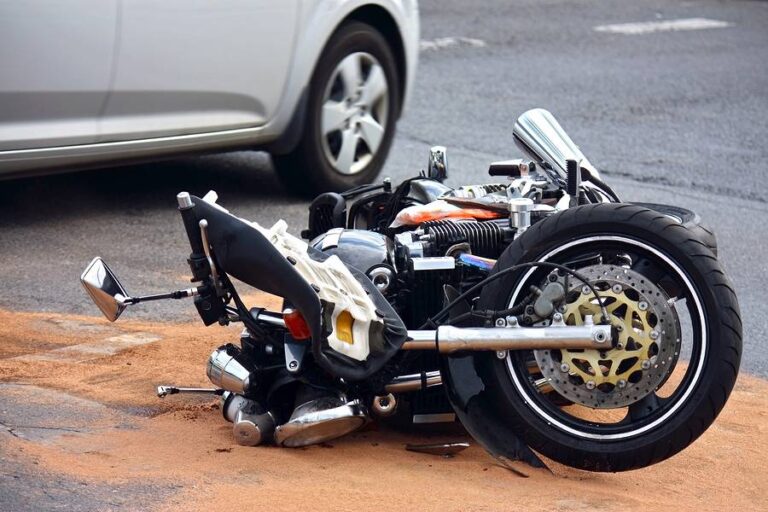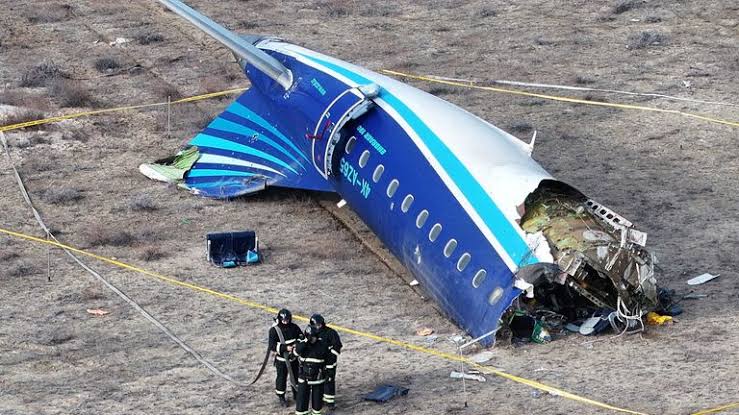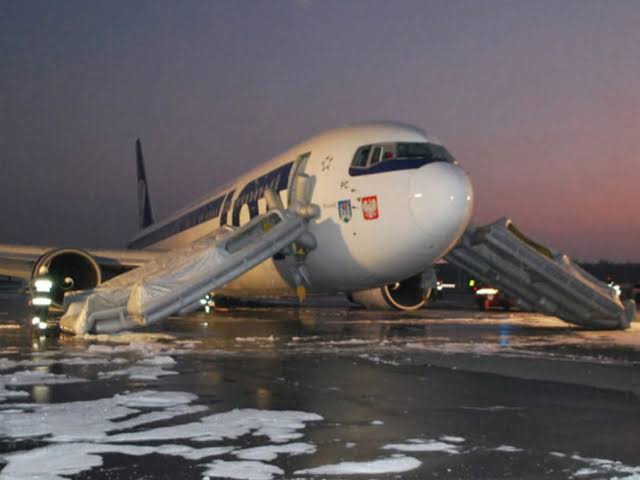Lufthansa Airlines Faces Mid-Flight Crisis as Fuselage Crack Threatens Safety
Lufthansa Airlines Faces Mid-Flight Crisis as Fuselage Crack Threatens Safety
On a routine flight from Frankfurt to New York, Lufthansa Airlines found itself thrust into an emergency situation after a significant crack was discovered in the fuselage of one of its aircraft, forcing the plane to turn back mid-flight. The incident, which occurred on April 18, 2025, involved Lufthansa Flight 745, a long-haul flight carrying 178 passengers. This scare highlights not only the risks inherent in air travel but also the quick and professional responses from both the airline’s crew and the aviation authorities that helped avert a potential disaster.
The Discovery of the Fuselage Crack
Flight 745, a Boeing 777-300ER, took off from Frankfurt Airport at 9:00 AM local time, bound for John F. Kennedy International Airport in New York. The aircraft was cruising at a standard altitude of 35,000 feet when the flight crew noticed irregular readings from the fuselage monitoring systems. After further inspection, it became evident that there was a crack in the aircraft’s fuselage, raising immediate concerns about structural integrity.
At this point, the flight crew was presented with a delicate decision. The crack, although initially thought to be minor, could potentially worsen, jeopardizing the safety of the passengers and crew. The situation was assessed in real-time, and a decision was made to divert the flight back to Frankfurt as a precautionary measure. Lufthansa’s flight operations team in Frankfurt was alerted immediately, and arrangements were made for an emergency landing upon the aircraft’s return.
Passenger Reactions and Immediate Actions
Passengers aboard Lufthansa Flight 745 were first informed of the situation when the captain made an announcement over the intercom. “Ladies and gentlemen, we have encountered a technical issue with the aircraft, and we will be returning to Frankfurt as a precautionary measure,” the captain said, with a tone of calm reassurance. “Please remain seated, and follow the instructions of the crew.”
Despite the urgency of the situation, the crew’s professionalism helped keep passengers calm. Many reported that the crew was visibly composed, answering questions and providing consistent updates, which was crucial in preventing panic among the 178 passengers.
“I never thought something like this would happen to me, but the crew was fantastic. They kept us informed every step of the way,” said Mark Thomson, one of the passengers on board. “It was a stressful experience, but I felt safe knowing the professionals were handling the situation.”
As a precaution, the plane was rerouted to a nearby airport in Germany for an emergency landing, ensuring that emergency medical teams and aviation engineers were ready upon arrival. The decision to return to Frankfurt rather than risk continuing toward New York was seen as an example of the airline’s commitment to passenger safety, even at the risk of significant delays.
The Cause of the Fuselage Crack
The exact cause of the fuselage crack is still under investigation, but experts have speculated that it could be a result of structural stress, fatigue, or possible manufacturing flaws. Fuselage cracks are a rare occurrence, particularly in modern commercial aircraft like the Boeing 777, which is renowned for its durability and reliability.
Aircraft fuselages are subjected to immense pressure and forces during flight, with the plane expanding and contracting as it ascends and descends. While modern aircraft are built with multiple redundancies and reinforced materials to withstand such stress, occasional issues can still arise, especially when aircraft are exposed to prolonged operational conditions.
Boeing and Lufthansa’s engineering teams are expected to conduct a full investigation into the cause of the crack to determine whether it is a one-off incident or part of a broader concern that may require additional scrutiny for the fleet. This process could involve examining the specific aircraft’s maintenance records, the manufacturing history, and potential weaknesses in the materials used.
Swift Response from Aviation Authorities
The incident also highlights the importance of international aviation standards and the rapid response of aviation authorities in ensuring flight safety. The German Federal Aviation Authority (LBA) and the European Union Aviation Safety Agency (EASA) were quickly informed of the situation, and the aircraft was met by emergency crews upon its return to Frankfurt. The plane was immediately grounded, and Lufthansa’s engineers began a thorough examination of the aircraft to assess the full extent of the damage.
Although the crack in the fuselage was not immediately life-threatening, aviation experts stress the importance of such vigilance. “Modern aircraft are incredibly safe and built to withstand significant stress. However, even the smallest crack in the fuselage can potentially compromise the integrity of the entire structure,” said Dr. Klaus Fischer, a senior aerospace engineer at the German Institute for Aviation Safety. “The decision to return to Frankfurt was absolutely the right one. It shows how vital it is to act on any irregularity, no matter how minor it may seem.”
Lufthansa’s Commitment to Safety
Lufthansa, one of Europe’s largest and most respected airlines, has a long-standing reputation for safety, and this incident has underscored the importance of its commitment to passenger well-being. The airline’s swift handling of the situation and the transparency with which it communicated with passengers and the media have been praised.
“Lufthansa has always placed safety as its top priority, and this situation is no different,” said a Lufthansa spokesperson. “Our crew acted swiftly and professionally to ensure the safety of everyone on board. We are fully cooperating with aviation authorities to determine the cause of the crack and take the necessary steps to prevent similar incidents in the future.”
The airline also reassured passengers that the incident would not affect the safety of future flights. “Our maintenance procedures are thorough, and we are taking all the necessary precautions to ensure that our aircraft remain among the safest in the world,” the spokesperson added.
The Ongoing Investigation and Next Steps
As of now, Lufthansa has grounded the aircraft involved in the incident for further investigation. Additionally, the airline has announced that it will be conducting comprehensive checks across its fleet of Boeing 777s to ensure no similar issues are present. Boeing, too, has been involved in the investigation and will assist Lufthansa in analyzing whether this crack is related to a specific batch of aircraft or a larger technical issue.
For passengers of Flight 745, the ordeal ended safely with an emergency landing back in Frankfurt. They were provided with accommodations, meals, and rebooking options for their continued journeys. While the situation was undeniably tense, the successful resolution of the emergency highlights the rigorous safety standards in place within the airline industry.
Conclusion
The discovery of a crack in the fuselage of Lufthansa Flight 745 was a serious event that could have turned into a much more severe situation if not for the prompt actions of the flight crew, Lufthansa’s operational teams, and aviation authorities. The professionalism displayed throughout the ordeal was a testament to the preparedness of all parties involved. As investigations continue, the airline, regulators, and manufacturers will work together to ensure the safety of future flights and prevent similar incidents from occurring.
While the incident serves as a reminder of the potential risks involved in air travel, it also showcases the advanced safety protocols that are in place to mitigate those risks. Passengers can take comfort in knowing that the aviation industry, though not without its challenges, continues to prioritize safety above all else.
